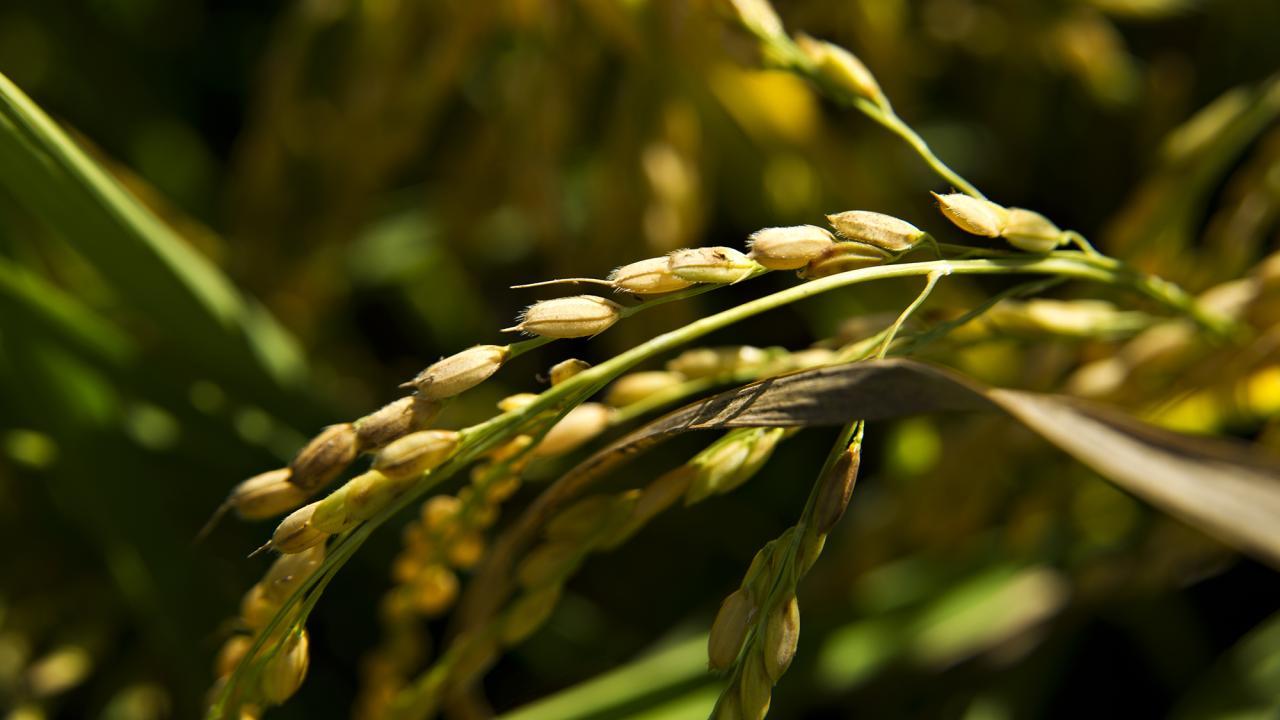
Making High-yielding Rice Affordable and Sustainable
Plant biologists show how two genes work together to trigger embryo formation in rice
Rice is a staple food crop for more than half the world’s population, but most farmers don’t grow high-yielding varieties because the seeds are too expensive. Researchers from the University of California’s Davis and Berkeley campuses have identified a potential solution: activating two genes in rice egg cells that trigger their development into embryos without the need for fertilization, which would efficiently create high-yielding clonal strains of rice and other crops.
A team led by Venkatesan Sundaresan, a distinguished professor in the departments of Plant Biology and Plant Sciences at UC Davis, previously showed that a gene called BBM1 in rice egg cells could switch on the ability of a fertilized egg to form an embryo. However, the method only worked about 30% of the time. Now, in collaboration with researchers from the University of California, Berkeley’s Innovative Genomics Institute, the team has shown that simultaneously activating a second gene, WOX9A, increases the success rate to around 90%.
Read the full article here.
